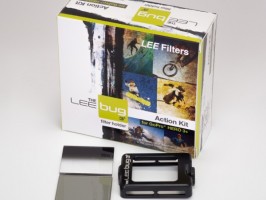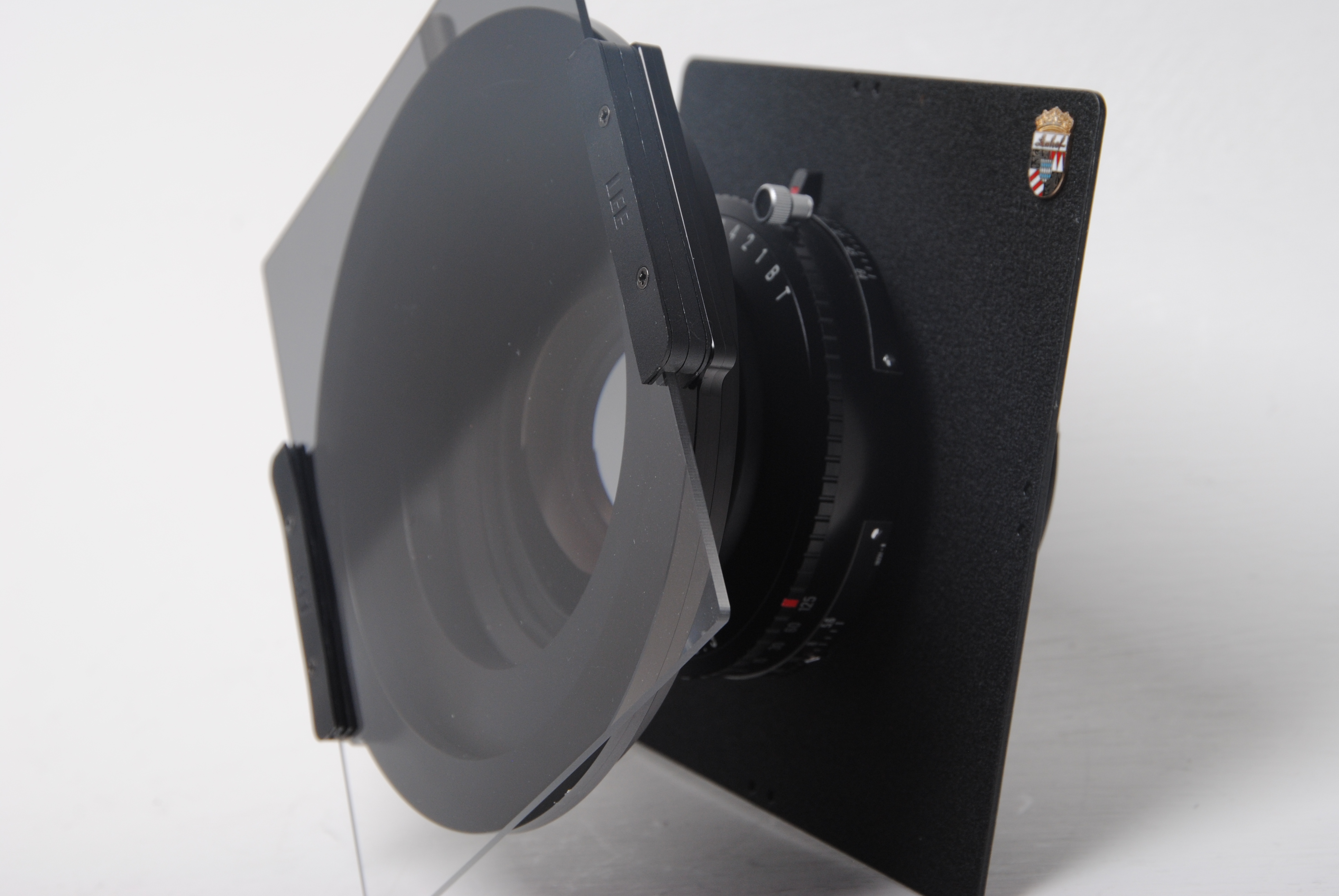The LEE Filters Universal hood is the sensible choice for most styles of photography. It will cover a reasonably wide focal length and as it is configurable by the end user, it can be used with 1 or 2 filter slots, or as a hood alone.
The wide angle hood is physically much larger, and will cover a wider focal length on most cameras. It is also fully configurable by the end user.
In Full Frame terms, the Universal hood would cover approximately 24mm effectively, the W/A hood. approx 21mm.
Both hoods can take the 105mm polariser ring inside the bellows, allowing the use of a screw-in 105mm polariser if required.



